An article by Pandit Sanjay Rath with an introduction by Das Goravani

This is a very old article created from some mails in the Goravani Jyotish List by Raghunandan Das Goravani. A more comprehensive explanation of the Karma Theory is in available in this video presentation |
Raghunandan Das Goravani wrote
Pandit Sanjay Rath’s Article on free will is below my [Goravani’s] introduction here. See below the dashed line for his article. I’m simply re-posting Sanjay’s letter in response to another thread on my astrological list. I want this to be labeled correctly, so I’m re-posting it, and I want to share this as an example to friends on both of my lists. My motivation is mostly to show by example the detail of what Brahmins talk about as regards the science of karma, to spark interest, to blow minds, to shift paradigms, and the like, hopefully all for the benefit of souls, and the glory of Krishna.First though, I’m going to give a bit of an introduction, which may be enlightening for some. You can discuss with Sanjay Rath on his list, my GJLIST, in person in Delhi India, and in other ways. So those who wish to study these subjects surely can.
This is an awesome example of Hindu philosophy, logic, and the depth of learning expected in Vaisnava households that take their brahminical culture seriously. I dealt with people like Sanjay Rath in India previously, learned from them and with them under Gurus- they are rare. They are, in my opinion, why we go there, why we learn there, along with other persons, which I’ll mention below[1]. It is this kind of article I work for in hopes that others will think, live, and enjoy, on this level, and those levels of life related to it, like it. It is not the exact contents of this article; it’s more the fact of the attempt to deal in depth with the big questions of life that my birth culture could not answer at all. It is also the culture of learning, the fact that Sanskrit has direct words for all these things, the fact that a man in his mid thirties in caring to do all this work for others without pay, the fact that all of this is very many thousands of years old, the fact that it is still available, highly applicable, and easily accessible. All of this makes me say, “I offer my respects here”.
So here’s a typically wonderful article from a Brahmin doing what’s Brahmins do, which is share knowledge that’s generally spiritual, astrological, medical or the like. I do think much of this kind of thing, much of Prasna Marga (the book) and much of what Brahmins have and can share, is exceedingly complex and intricate. It is like going to medical or law school- it is not for everyone.
The SUMMARY of “what does it all mean” is therefore sought after by many, as also, we go to doctors and lawyers to “handle our situation expertly” for us, and we pay them. People go to astrologers in this way too. Ultimately, they are there when people feel “help me” around some life issues, so, though the definition of astrologer is not real clear to us or the clients, still, we know it’s about deep stuff, important stuff, karma, life, death, “what’s going to happen to me”, and so on. It’s important. That’s for sure. We should, as astrologers, take articles like this one real seriously. We may have differing variations of this knowledge from one of us to the other, but this is an important subject to be sure.
I am happy to have Sanjay posting here like this, because this level of reading, or explaining, or willingness to write, of birth heritage in India, and so on, is all helpful to us who are trying to enter into this domain of knowledge. You don’t have to agree fully with what you read here. But it’s also fine if you do.
As Sanjay mentions, there is a difference between Shiksha and Diksha. Basically, one is a teacher, Shiksha, and Diksha means to lead one on the more serious spiritual steps of life, it is more one’s spiritual master. So like that difference, there are also differences in approaches of teachers. Some teachers are detail oriented, Virgo more so, and others are more of a summary nature, less detail oriented. They may, hopefully will, help one towards the best destination for the person. Not everyone can study and understand all the details of Hinduism and Brahminical sciences. But the summary conclusions, can be given to people. Like “Love they neighbor” is a summary conclusion, which can be established by long lessons in equality of souls, how karma works, why we’re all here, what is good for your soul, and so on. But if you just hear and follow “Love they neighbor”, you’re on the right track. It’s called being “good hearted”. So, often we find very good-hearted Americans or other peoples, who may not know much knowledge. Some Gurus from India come and teach in summary ways. Others teach the details, and some are mixed. There is no one way, one best way. We are all playing the parts assigned. I would like to offer a few other points:
- Whether or not you agree with Sanjay, put that aside for a moment, and ponder the archeological value in this article. Sanjay represents at least one section of the Brahmin class surrounding Jaganath Puri, one of India’s Great Kingdoms, an India-wide special respect is held for it, one of the Ancient Strongholds of strict Hindu culture still in India today, the birthplace of the founder of the movement in India that produced the Hare Krishna movement, the place Sri Caitanya chose to spend his final many years of his life (you can still visit that room today). This is a very special place. We who know Hinduism know that Jaganath Puri is a seat of Hindu learning. It always has been, for many thousands of years. The Royal Family there have been followers of Sri Caitanya for centuries.
- So, Sanjay does represent SOMETHING rather significant. I find him to me, to be a curious commodity no matter what. Whether you like his ways, sharing, or what have you, I’m trying to make you realize that what you’re dealing with here is something VERY interesting if you are at all learned as regards India and ancient culture on Earth.
- Another example would be Manipur, north India. It’s an oddity because it is it’s own state, separate from the rest of India. It has it’s OWN Visas. Just going to India does NOT mean you can go to Manipur. It’s a totally Vaisnava kingdom. Long ago one Vaisnava Saint (Narottama Thakur) went there and converted the whole place. Since then, they are Vaisnava. They have their own culture, and it’s just really unique. You can go there, but only if invited, and usually only shortly. It’s very special.
- So there are still these oddities or uncommon ancient Eastern ways to be beheld. From all over India there are many special people, but actually, in another sense, there aren’t so many who are learned and can, are willing, to share.
So I’m trying to help you to understand and respect, and appreciate, our brothers and sisters who represent something a bit more ancient. To be really devoted as Sanjay is, well I know it well. I’m very familiar with the school of Hinduism, the city, the lineage, and such. I’m glad to help bring this to the world. I think it’s important that we know and perceive the depth of thinking that was done in Ancient India, more and more. There are things perhaps to be sorted out from it so that it works well as it integrates into the West, which is a process that can be flawed, as we’ve seen, so we have to be careful, but to drink it in is where we start, so lets do that, then proceed to understand, and perhaps integrate.
I do not mean to make Sanjay or anyone else uncomfortable with all these words. I do however really want us all to recognize our own ancient heritage’s, represented in this case by Puri and it’s Brahmin class and their concerns and attempts to maintain their knowledge base. I would feel the same of some other person representing something old, pure, and pristine. I feel strong feelings for Puri, and Brahminical Knowledge. I have studied both extensively and spent much time, effort, pain and energy to get there, to live there, stay there, learn about it, read about it, and so on. Jaganath and his devotees have been a big part of my life, and why this list and all I do exists in the first place, so these sentiments have a bit of say inside me. Please excuse my eagerness around these things if it makes you uncomfortable. At least the good news is, it’s all about the soul, about finding total peace and happiness.
The concepts found between the lines, and on the lines, of the following exposition are grass roots within real Vedic culture. However, these are contrary to much of the Western paradigm. As these two integrate, strange things can happen. The Hare Krishna movement is the best place to see how an experiment of integrating Vedic culture into Modern Western cultures will proceed. It was wonderful, and difficult, and sometimes had collisions with itself. It’s not easy. So it’s important to remember, shanti shanti shanti, everything will be made clear in time, to all of us, and all of us will learn and grow, in this and other lives, times and places. So let us calmly perceive, proceed, and share, in peace, and with a loving mood always.
I’m happy to present such a fine exposition. Now I’ll shut up, sit in the audience, and listen. This is a re-post, so you may have already read this letter. My previous writings regarding “total fate” are not offset by this idea of “partial/qualified” free will. What I talk about is a perception on a different level, but now is not the time for that.
Hope you like it. Thanks for reading.
Hare Krishna,
Raghunandan das
das@goravani.com www.goravani.com
Karma & Freewill
 an overview by Sanjay Rath
an overview by Sanjay Rath
1. After death, a person carries with him the dharma and the Karma, which can be divided into two broad parts called Sanchita Karma and Prarabdha Karma. Sanchita Karma is finished in various types of hells and suffering in the life after death whereas Prarabdha Karma has to be carried into another body and can be burnt only through experience. So, only the most elevated souls who have complete control over their Indriya’s (sense’s) are not affected by these experiences in this life. All others are.
2. Based on the Prarabdha Karma, Krishna decides the circumstances of birth, experiences and length of life that a person has to undergo to complete this Prarabdha. Sometimes one life is not enough and many births maybe necessary. The conception chart is used to determine the past karma. In fact the Dwadasamsa (D-12 Chart) of the Nisheka (Conception) tells us many details. This is not a practical proposition, but not an impossibility given the direction of development of the biological sciences. The Janma Kundali (Birth Chart) is the perfect map of the Prarabdha Karma and the Shastyamsa (D-60 Chart) is the most vital in the Shodasavarga scheme of Parasara. The D-60 gets the highest weightage in the Vimsopaka Bala scheme and hence establishes its priority over others. This chart also tells us about the Prarabdha Karma in addition to the Navamsa, Rasi and other charts in their relative importance (weights assigned by Parasara in Vimsopaka scheme).
3. Given this paradigm of the theory of Karma and rebirth, we hardly have any space to maneuver and it seems that the journey through this life is an inevitable jail term that we must bear. This is true. Now the hard question is what is the role of Jyotish and in what way is the Jyotish going to help in altering the inalterable or changing that which cannot be changed as the term is fixed and so is the sentence inevitable. In reply some astrologers offer platitudes like making the suffering easier by knowing that this was an eventuality and that this is only a natural reaction to what we had done, but then this is a nice logical analysis and is not really supported by the traditional texts or literature. This question was answered in detail by Harihara the author of Prasna Marga (translation Dr B V Raman). After reading that, all doubts will disappear and you will realize the great job that Harihara has done in explaining the Karma and Freewill concept in Jyotish.
4. Like every other birth, the Atma rides (Arudha) this Mana (Mind-Moon), which controls this Sareera (Body). The Atma remembers all it’s past incarnations but the Mana, being new and aware of this incarnation alone cannot understand the reason behind the various forms of suffering that it sees and experiences. It expresses anger when a feeling that injustice has been done (based on its awareness and concept of justice) this is Mars and later this passion results in sorrow as the Atma does not cooperate with the Mana being aware that the Prarabdha Karma is being burnt through this anubhava (experience). It is here that Jupiter intervenes. If Jupiter is strong in simhalokamsa or is strengthened by adoration of one’s DIKSHA GURU (be careful here – not Siksha Guru’s like K N Rao or myself and Achyutananda Dasa has warned us to be very careful with the advent and advancement of Kali Yuga w.r.t guru’s), then one is directed in the path of self correction through recitation of prayers for forgiveness and protection from evil experiences that are destined to come.
5. This is the point of Harihara when he was explaining the value of Prasna. Prasna tells us whether the native has done better or worse Karma from his birth till the time of Prasna. Thus Karma done in this life is immediately recorded by Chitra Gupta (sitting on the star Chitra -linked to Chitra Paksha Ayanamsa maybe). [Some astrologers advise the worship of Chitra gupta the assistants of Yama on Chaitra (derived from Chitra) Poornima so that they may skip some records of your bad Karma!!!]. This immediate recording results in an alteration or influence to the birth/natal chart and has a profound influence on the immediate and long-term future.
- If the Natal Chart planetary positions are better than the Prasna chart, then the person has fallen further in this life i.e. accumulated more bad karma.
- If the Natal chart planetary indications are worse than the Prasna chart then infer that he has done better Karma in this life, and to that extent shall have a better future.
- If the indications of the Natal and Prasna chart are the same, then he is merely sailing through this life experiences based on the past Karma.
- That the effect of this Karma can alter the indications of the Janma Kundali including Longevity (Please keep calm and read further).
6. It is evident from the above clear statements that the Karma we do in this life is immediately recorded from the moment the Karma is performed and has an immediate impact on the future whether immediate or distant or subsequent births. It is here that another question crops up. This is the question of FREE WILL. Now, what is free will? It means the power to determine the action that one shall take as a consequence to or for the purpose of some event or goal. It is a goal directed action and not an involuntary action. This is where the question of Upachaya comes up and the houses 3,6,10 & 11 deal with the actions that one can or will take given the various inputs from the environment (33% is bounded rationality like the Simonian model of decision making). Thus, in the first place, this action itself is bounded by various inputs and this is called bounded rationality depending on four factors that are like four boundaries of a plot – Information (Knowledge) called BUDDHI [Dharma-Ayana], Resources that are focused on VRIDDHI or increase of wealth [Artha-Ayana], Abilities that fulfill desires based on (the purity of) the purpose SUDDHI [Kaama -Ayana] and finally Time that is the final giver of emancipation and end of all Karma whether Sanchita or Prarabdha called SIDDHI [Moksha-Ayana]. Here comes the greatest teaching of the Gita “KARMA IS YOUR BIRTH RIGHT BUT YOU HAVE NO RIGHT (ADHIKARA) ON THE FRUITS”. This adhikara or right to freedom of Action is the only birth right given by God.
Hence Harihara (Prasna Marga) prays –
मध्याटव्याधिपम् दुग्धसिन्धुकन्याध्वम् धीया।
धीयायामि साध्वहं बुद्धे शुधये वृधये च सिद्धयै॥
madhyāṭavyādhipam dugdhasindhukanyādhvam dhīyā|
dhīyāyāmi sādhvahaṁ buddhe śudhaye vṛdhaye ca siddhayai||
7. Once again we come to the definition of the self (SWA) and find that the Atma is merely an observer and hence these houses or UPACHAYA for reckoning the right to action or exercise of free-will is not at the level of the Atma and is merely a process of action and reaction of the Mana and Sareera in this manifested Universe. Thus, this is only to be seen from the Lagna and especially, the Moon, especially the tenth house from the Moon. Kalyan Verma (Saravali) has given a very detailed explanation on the placement of individual planets or groups of them in the tenth from the Moon. Why is so much importance being given to the Moon for this free will? It is the mind where the seed of all action is generated and hence Moon the Mana karaka is the playground for this Maya to act on. This is what the Bhagavat Gita teaches “Give the reigns of the horses (of your mind) to Krishna and see how He shall steer you through the battlefield of life (Life in the Kali Yuga is viewed as a battle field)”. The Rig Veda is very clear about the generation of this seed of all action in the mind in Vishwamitra’s prayer to Brihaspati:
शुचिमर्कैर्बृहस्पतिमध्वरेषु नमस्यत। अनाम्योज आ चके॥
śucimarkairbṛhaspatimadhvareṣu namasyata| anāmyoja ā cake|| (Rig Veda 3.62.6)
Translation: May Brihaspati (the Deva Guru -note my earlier explanation to the importance of the Diksha Guru and Jupiter) the granter of success (to all our actions – the term adhvareshu refers to the inviolable principle or the TRUTH that must prevail like OM TAT SAT) give us good thoughts (that lead to such actions that are inviolable – the inviolable principle also refers to holding back such thoughts that lead to such Karma that would violate the principles of Dharma).
8. It is evident that this concept of free will is limited to the Mana and that too the Upachaya i.e. those thoughts that are action related. Having accepted the limited free will concept, we now come to the method of Vedic remedial measures called Mantra i.e. Mana + Trai or protection of the Mana from (a) generating such seeds of evil thought that result in evil Karma, as well as (b) protecting against the provocation from the experiences of Past karma that can bring anger, sorrow and passion (Rajas) and ignorance (Tamas) to dominate the Mana and raise the level of the Mana to that of the Atma (self realization).
9. Please do not read me wrong when I say this. Vivaha (i.e. Marriage and its specific form) is destined in the form of an ANUBHAVA and to say that two people were married for so many births or shall continue together for so many births is fine if you are a priest solemnizing the marriage but not as a Jyotish. How the Mana will react to the various experiences that it is subject to and is so confused about (not having the knowledge of Prarabdha) is what a Jyotish should be looking for. This is where he can guide if he is aware of the pitfalls and troubles that can result from a mismatch like Kuja Dosha (that was what had started this thread). I have done lots of studies in this area and unlike others have also given out a lot of ‘so called secrets’ related to determination of circumstances, timing, Lagna of spouse, status of family, details about the in-laws and possible troubles like mother-in-law problem etc. In fact my writings in this area are very comprehensive and still, I cannot say with any certainty
that this is the spouse (although I have done this and have later wondered as to why I was so sure..an inner feeling that I cannot explain). In fact the Royal family of Agra will vouch on this, when I was 100% sure that the two charts Rani-mata had brought were to get married (I also gave the time when the boy would agree and what not all). Prasna is a very vital tool for this.
I see transits from Natal positions in Navamsa as well). We men are also feminine, as we cannot escape this monthly cycle… HE alone is the Purusha.
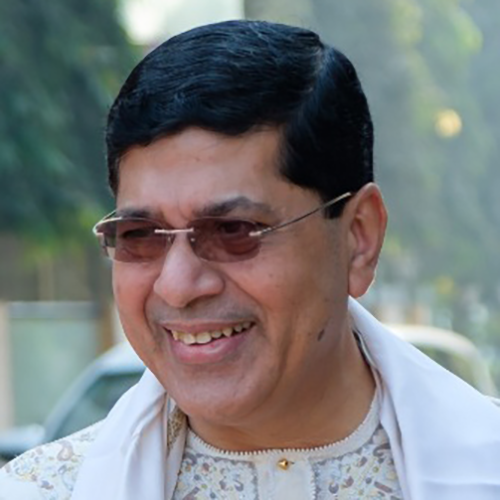
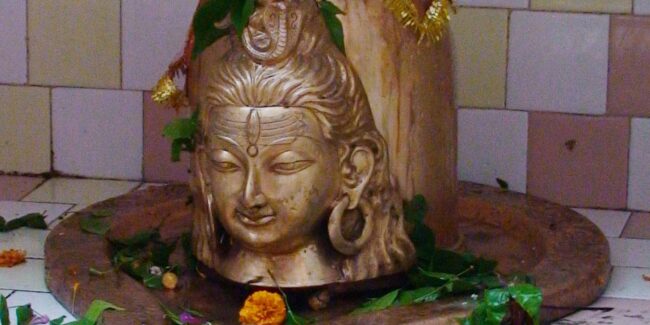
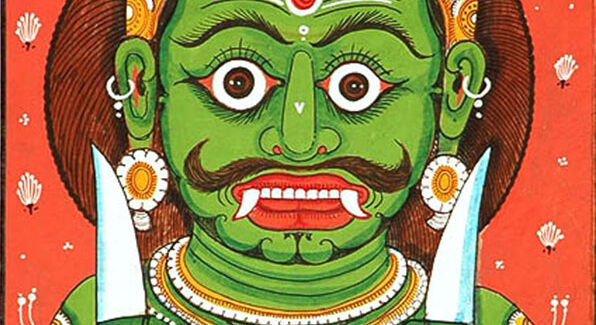
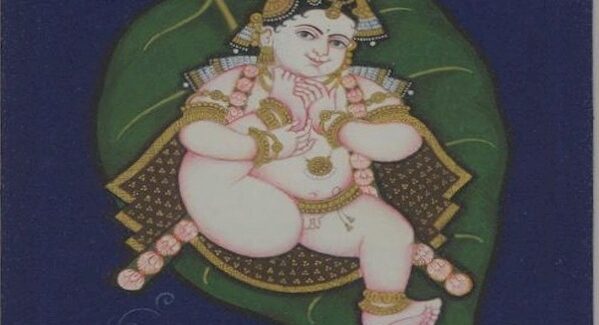
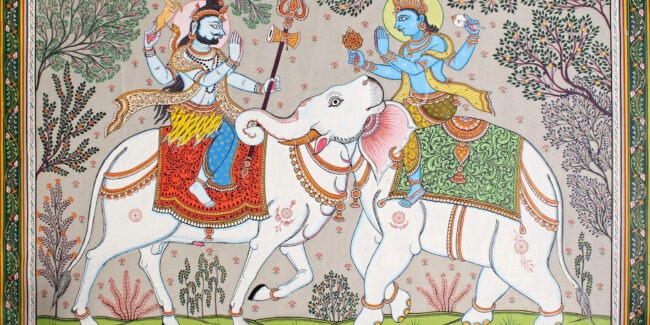
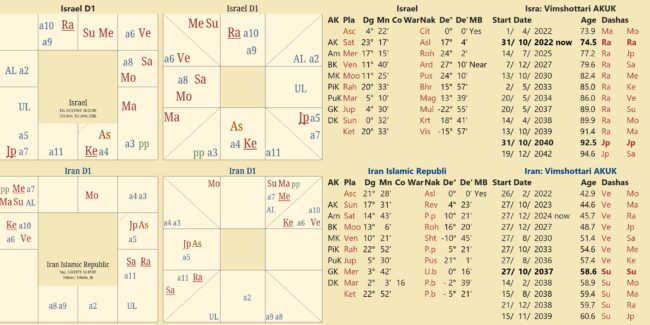
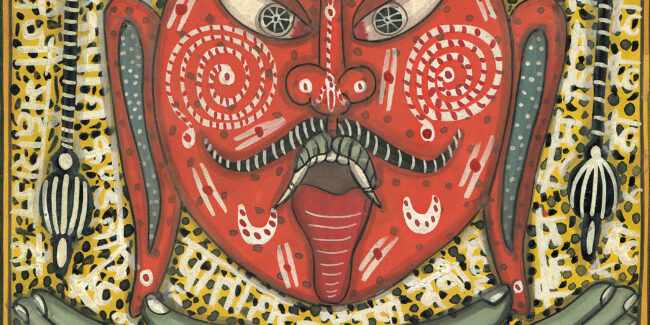
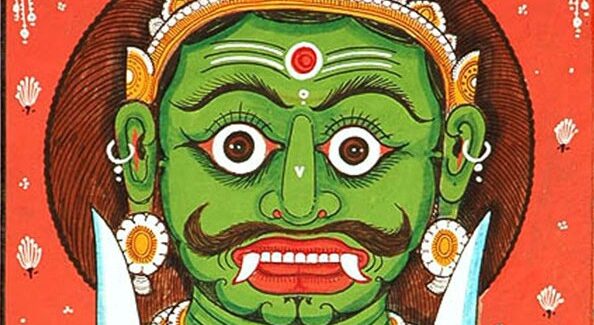
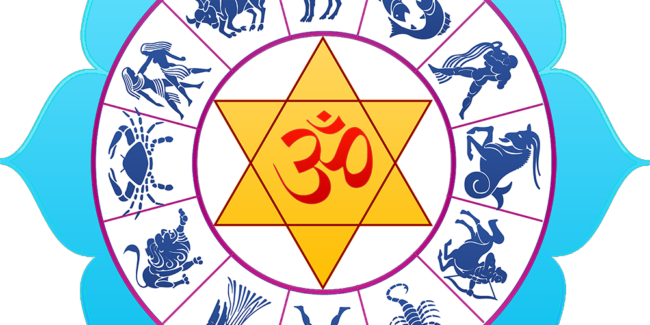
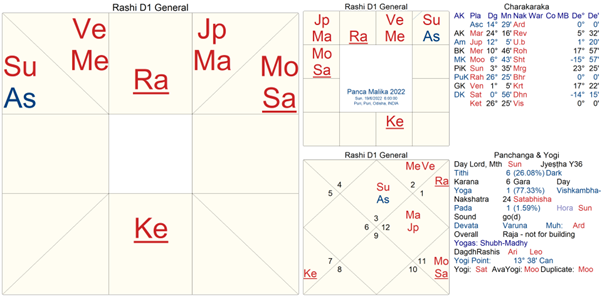
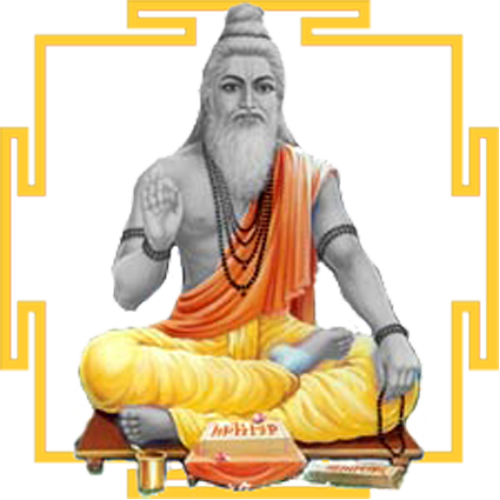 DBC offers online courses in jyotish (Vedic Astrology) taught directly by Sanjay Rath as per the tradition, through narrated power points and other audio tools. The courses are at different levels, from the beginners through the intermediate to the advanced and are known as SoHamsa | DBC courses, with individual classrooms and assistant teachers
DBC offers online courses in jyotish (Vedic Astrology) taught directly by Sanjay Rath as per the tradition, through narrated power points and other audio tools. The courses are at different levels, from the beginners through the intermediate to the advanced and are known as SoHamsa | DBC courses, with individual classrooms and assistant teachers
 Sagittarius Publications is the publisher and distributor the popular quaterly magazine the Jyotish Digest, as well as many thorough books on the subject of Vedic Astrology or Jyotish.
Sagittarius Publications is the publisher and distributor the popular quaterly magazine the Jyotish Digest, as well as many thorough books on the subject of Vedic Astrology or Jyotish.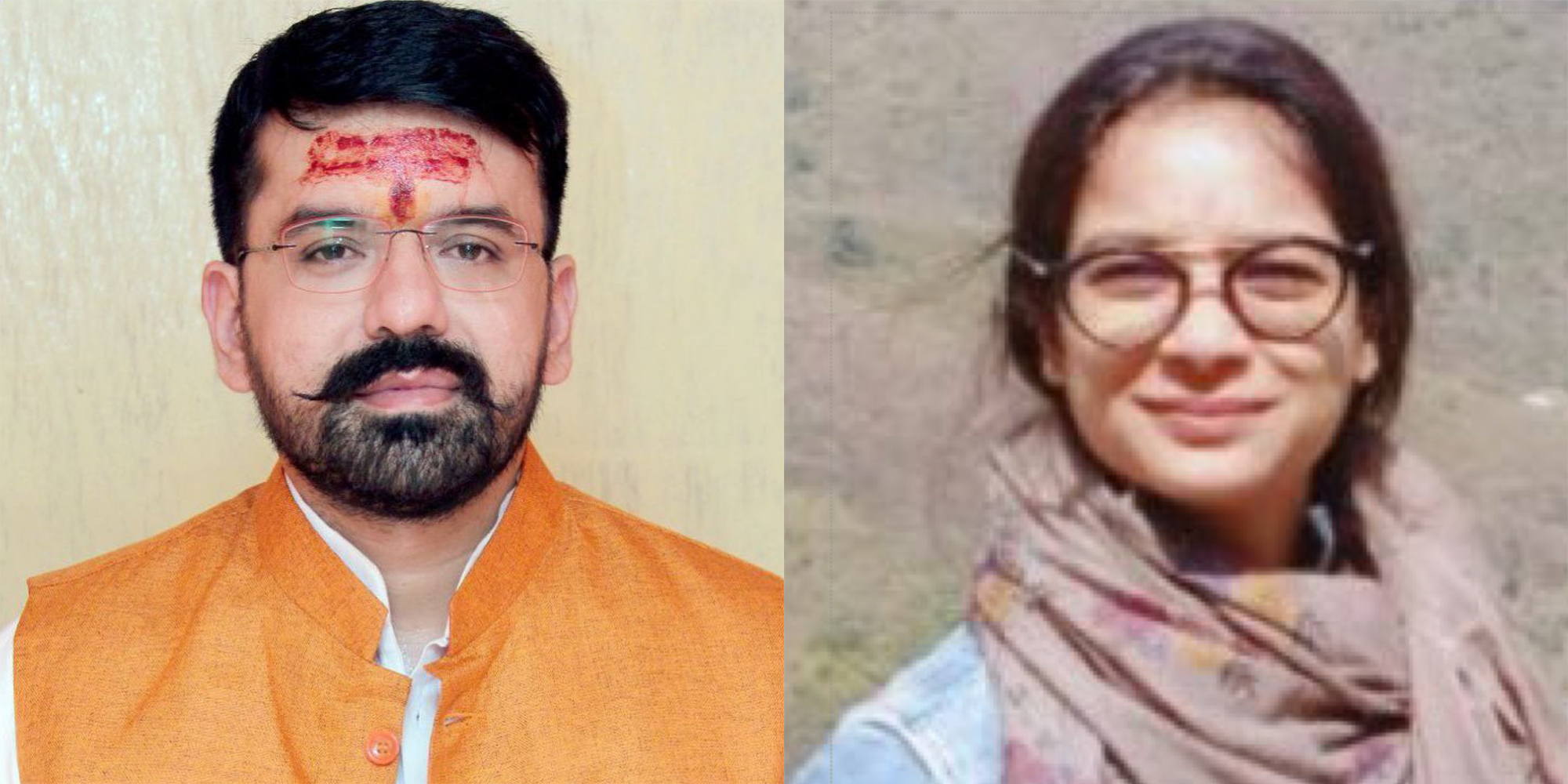 We have an excellent pandit Divākar ‘Deva’ Mishra, who is from the priests of Vindhyāvāsini Siddha Pīṭha to guide you through the hundreds of temples of Kāśi [Varanasi] and neighbouring regions. He can organise your pūjā, keep you safe and take care. He is supported by an English-speaking well-travelled spouse ‘Supriya Mishra’. Please contact them directly for any services, remedial pūjā and tours. They handled the 60+ member Kāśi Jyotiṣa Group 2022.
We have an excellent pandit Divākar ‘Deva’ Mishra, who is from the priests of Vindhyāvāsini Siddha Pīṭha to guide you through the hundreds of temples of Kāśi [Varanasi] and neighbouring regions. He can organise your pūjā, keep you safe and take care. He is supported by an English-speaking well-travelled spouse ‘Supriya Mishra’. Please contact them directly for any services, remedial pūjā and tours. They handled the 60+ member Kāśi Jyotiṣa Group 2022.